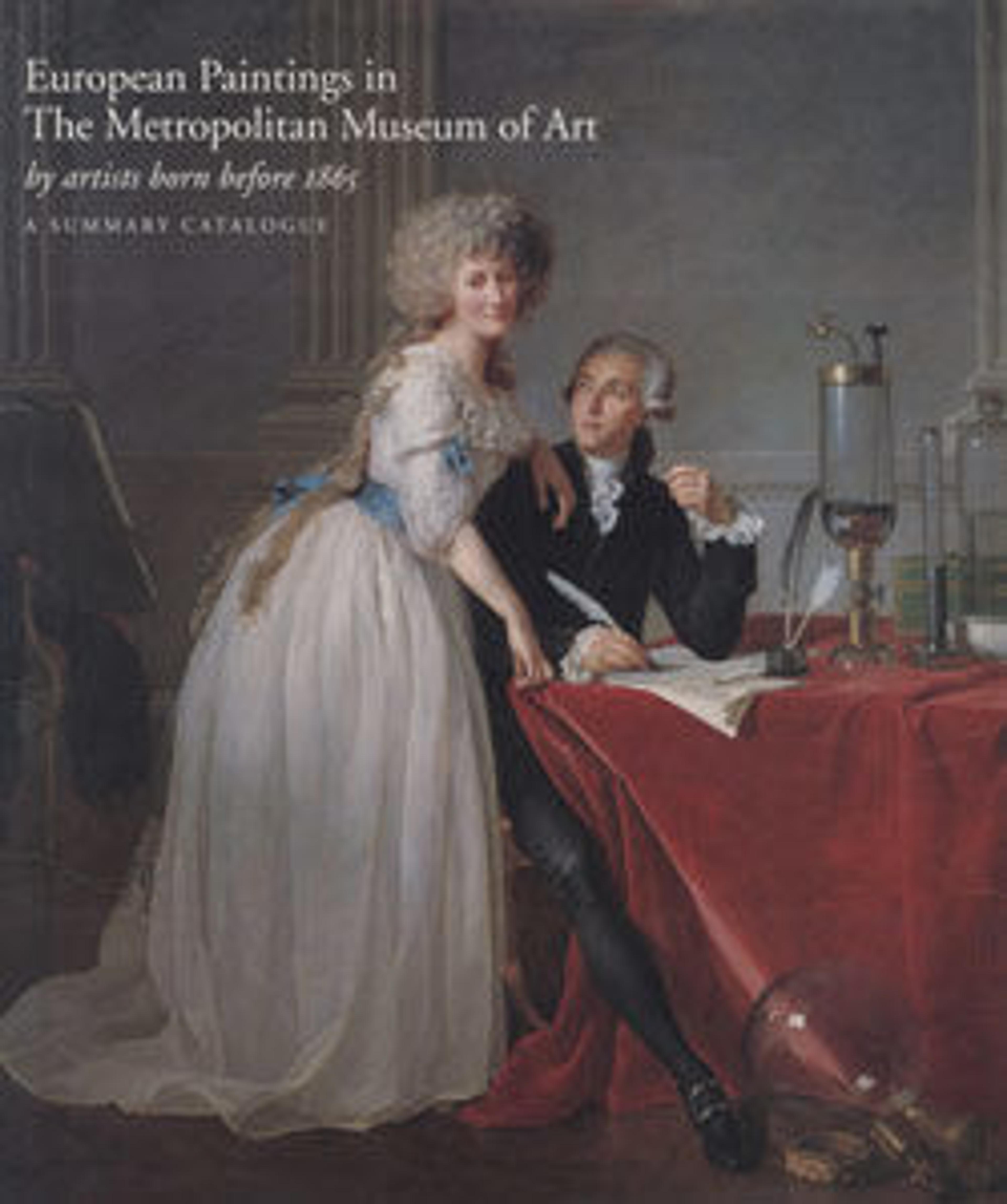Portrait of a Woman
The son of a goldsmith, Bernardino Campi began his artistic training in his native Cremona. Period sources indicate that he was an active portraitist in the major capitals of northern Italy, but few of these likenesses survive and almost none of their sitters have been identified with any certainty. The stately reserve of this woman, dressed in finery with an elaborate fan in one hand and a little dog under the other, is difficult to reconcile with the printed poems that praised Bernardino’s sitters as being so lifelike and filled with vitality that dogs and children responded to them as if they were alive.
This painting was seized by the Nazis from Baron Karl Neuman (Charles Neuman de Végvár) in Paris and restituted to him by 1947.
This painting was seized by the Nazis from Baron Karl Neuman (Charles Neuman de Végvár) in Paris and restituted to him by 1947.
Artwork Details
- Title: Portrait of a Woman
- Artist: Bernardino Campi (Italian, Cremona 1522–1591 Reggio Emilia)
- Date: late 1560s
- Medium: Oil on canvas
- Dimensions: 55 5/8 x 38 1/4 in. (141.3 x 97.2 cm)
- Classification: Paintings
- Credit Line: Gift of Edith Neuman de Végvár, in honor of her husband, Charles Neuman de Végvár, 1963
- Object Number: 63.43.1
- Curatorial Department: European Paintings
More Artwork
Research Resources
The Met provides unparalleled resources for research and welcomes an international community of students and scholars. The Met's Open Access API is where creators and researchers can connect to the The Met collection. Open Access data and public domain images are available for unrestricted commercial and noncommercial use without permission or fee.
To request images under copyright and other restrictions, please use this Image Request form.
Feedback
We continue to research and examine historical and cultural context for objects in The Met collection. If you have comments or questions about this object record, please contact us using the form below. The Museum looks forward to receiving your comments.
